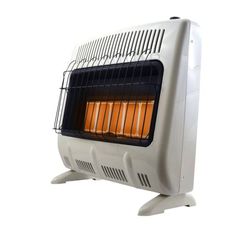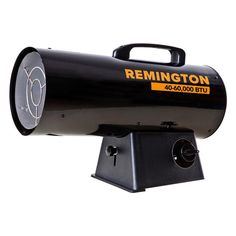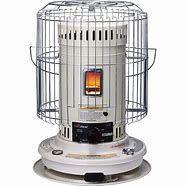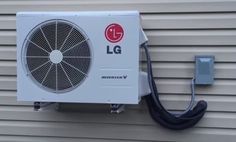Maybe it is time to consider heating your garage if you do not already do. There are several types of heaters to be used in an attached or detached garage.
- A radiant (infrared) heater heats the objects that are near to it. The drawback is it does not heat the air. The advantage to this type of heater is if the garage is open a lot, this heater is more efficient than other types. Infrared heaters placed on the propane tank work well in small areas.
- A convection heater will heat the air throughout the garage or area by heating the cold air as it sinks. The warmed air rises circulating the cold air down to the heater. This heater is more efficient than a forced-air heater.
- A forced air heater is the most common. It heats the air directly and blows the air around disturbing the heat more evenly. This heater works well in larger garages.
- The mini-split heat pump is a very efficient way to warm a garage or your house. They can either heat or cool.
- Wood stoves can heat an area fast. The drawback is you need the wood (or pellets) and getting them started can be a hassle.
- A propane blower unit is a small blower fed by a propane tank.
Electric heaters are the easiest to install and operate. The newer ones have a solar panel which provides the electric source. Many electric heaters run on a 120-volt system, some need a 220-volt system for commercial heaters.
Propane heaters are less expensive. These heaters should be vented if you are in the garage or workshop for long periods.
All the heaters mentioned can be mounted to conserve on floor space or portable on the floor. Most come with thermostats to control the temperature.
Most of these heaters have guidelines determining how many BTUs (British Thermal Units) they can heat. Figuring out the BTUs needed can be difficult and involved. Luckily there are online calculators which are easy to use figuring the BTUs.

Convection Heater with Blower 
Forced Air Propane Heater 
Kerosene Heater 
Mini Split Heating and Cooling 
Radiant Heater 
Wood Stove
